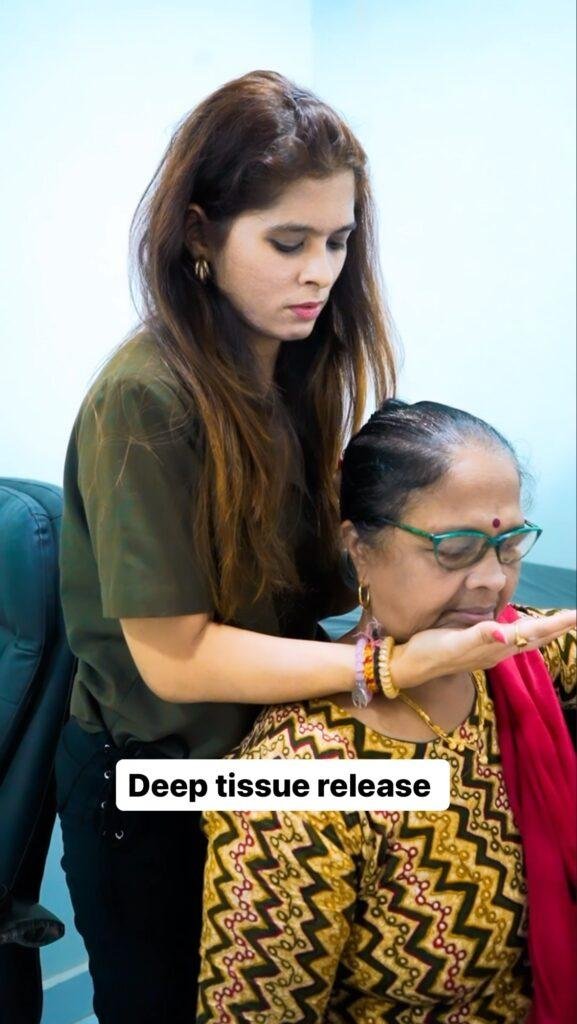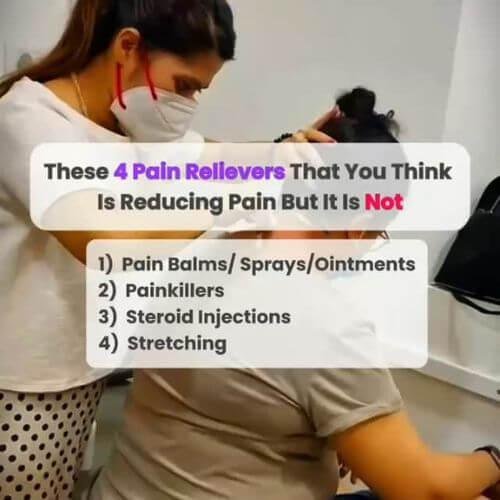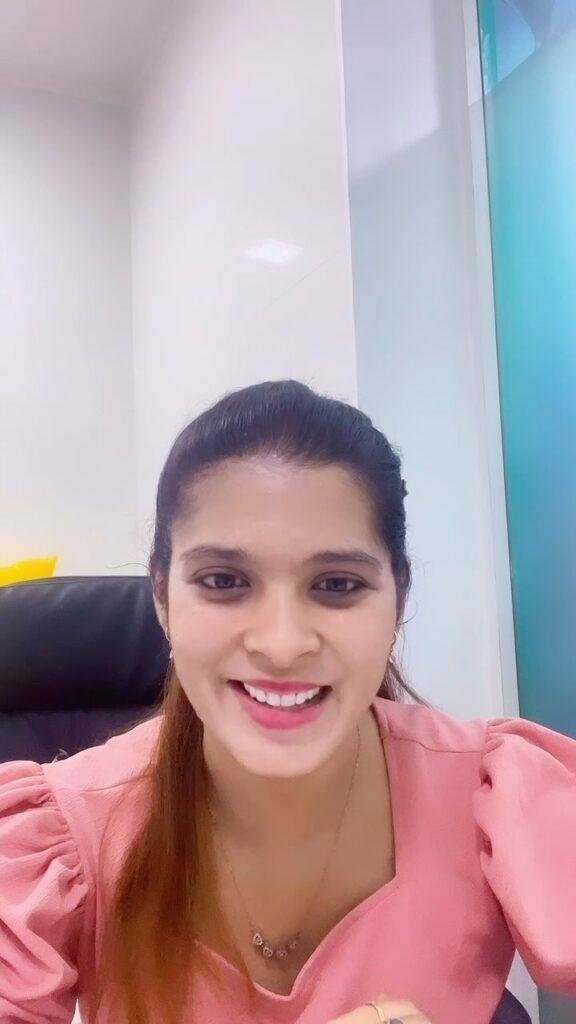Address
Shop no. 238, Powai Plaza, Hiranandani Gardens, Sainath Nagar, Powai, Mumbai, Maharashtra 400076
Work Hours
Monday to Friday: 11AM - 9PM
Sunday: Closed
Welcome to ProSehat Physiotherapy Clinic, your trusted destination for effective neck pain relief. Dr. Pooja Singh, a highly experienced physiotherapist and Pilates instructor, offers evidence-based treatments to relieve pain, restore mobility, and prevent future discomfort.
Whether your neck pain is due to poor posture, injury, or chronic strain, our personalized approach ensures you get the care you need.

Neck pain is more than just discomfort; it can interfere with your daily life, from simple movements to work productivity. While pain relievers offer temporary relief, physical therapy addresses the root cause, promoting long-term recovery.
At ProSehat Physiotherapy Clinic, we believe in a comprehensive approach that combines manual therapy, targeted exercises, and patient education to empower you in your healing journey.
The neck, or cervical spine, is a complex structure made up of:
Damage or strain to any of these components can lead to neck pain, stiffness, or radiating discomfort.
Dr Pooja Singh combines her expertise in physiotherapy with her Pilates training to create tailored programs that cater to your specific needs. Whether you are recovering from an injury, dealing with chronic pain, or looking to improve your overall fitness, Dr Pooja’s holistic approach ensures you get the best care.
Neck pain may result from a combination of factors, including:
Poor posture, prolonged screen time, and sudden movements.
Herniated discs or bone spurs pinching the nerves.
Whiplash or sudden trauma from accidents.
Osteoarthritis and degenerative changes in the neck joints.
Emotional stress can lead to muscle tightness.
Conditions like rheumatoid arthritis, meningitis, or cancer can also cause neck pain. Identifying the cause is key to an effective treatment plan.
At ProSehat Physiotherapy Clinic, Dr. Pooja Singh will perform a thorough evaluation that includes:


Based on your symptoms, neck pain may be categorized into the following types:
Reduce Pain and Stiffness: Alleviate discomfort and improve mobility.
Improve Range of Motion: Restore normal movement in the neck and head.
Strengthen Neck Muscles: Build strength in the neck and supporting muscles to prevent future injuries.
Develop Prevention Strategies: Educate patients on posture, ergonomics, and exercises to avoid recurrence.
Enhance Daily Function: Help patients return to their normal activities without pain.
Physical therapy is ideal for:
When to Avoid Physical Therapy for Neck Pain
Physical therapy may not be recommended if you have:
In such cases, immediate medical attention is essential.

Dr. Pooja Singh uses a variety of advanced physiotherapy techniques, including:
1. Manual Therapy
Techniques like joint mobilization and soft tissue massage to relieve pain and improve mobility.
2. Exercise Therapy
Customized exercises to strengthen neck muscles, improve flexibility, and enhance posture. Examples include:
Chin Tucks
Shoulder Blade Squeezes
Neck Rotations
3. Dry Needling
Effective for reducing pain and improving muscle function.
4. Laser Therapy
Provides pain relief and promotes healing.
5. Education and Lifestyle Modifications
Guidance on ergonomics, stress management, and activity modification to prevent recurrence.
6. Pilates for Rehabilitation: Restores strength and flexibility, especially in chronic pain cases.
At Prosehat Physiotherapy Clinic, we emphasize the importance of targeted exercises to alleviate neck pain, improve mobility, and prevent future issues. Below are some effective exercises you can try at home, but always consult a physiotherapist before starting any new exercise regimen.
1. Chin Tucks
2. Neck Rotations
3. Shoulder Blade Squeezes
4. Side Neck Stretch
5. Neck Retraction
6. Shoulder Rolls
7. Upper Trapezius Stretch
8. Cervical Extension Stretch
If your neck pain persists or worsens despite these exercises, it’s time to consult a professional. At Prosehat Physiotherapy Clinic, Dr. Pooja Singh will assess your condition and create a personalized exercise plan tailored to your needs.

Physical therapy is ideal for:
When to Avoid Physical Therapy for Neck Pain
Physical therapy may not be recommended if you have:
In such cases, immediate medical attention is essential.
Most patients experience noticeable relief within 3-4 weeks, but recovery time depends on the severity of the condition.
Yes! Pilates focuses on core strength, posture alignment, and flexibility, which are essential for long-term neck pain management.
Some exercises may cause mild discomfort, but therapy is designed to reduce pain over time. Your therapist will ensure treatments remain comfortable.
Typically, 2-3 sessions per week are recommended for acute pain. Chronic cases may need longer but with reduced frequency.
